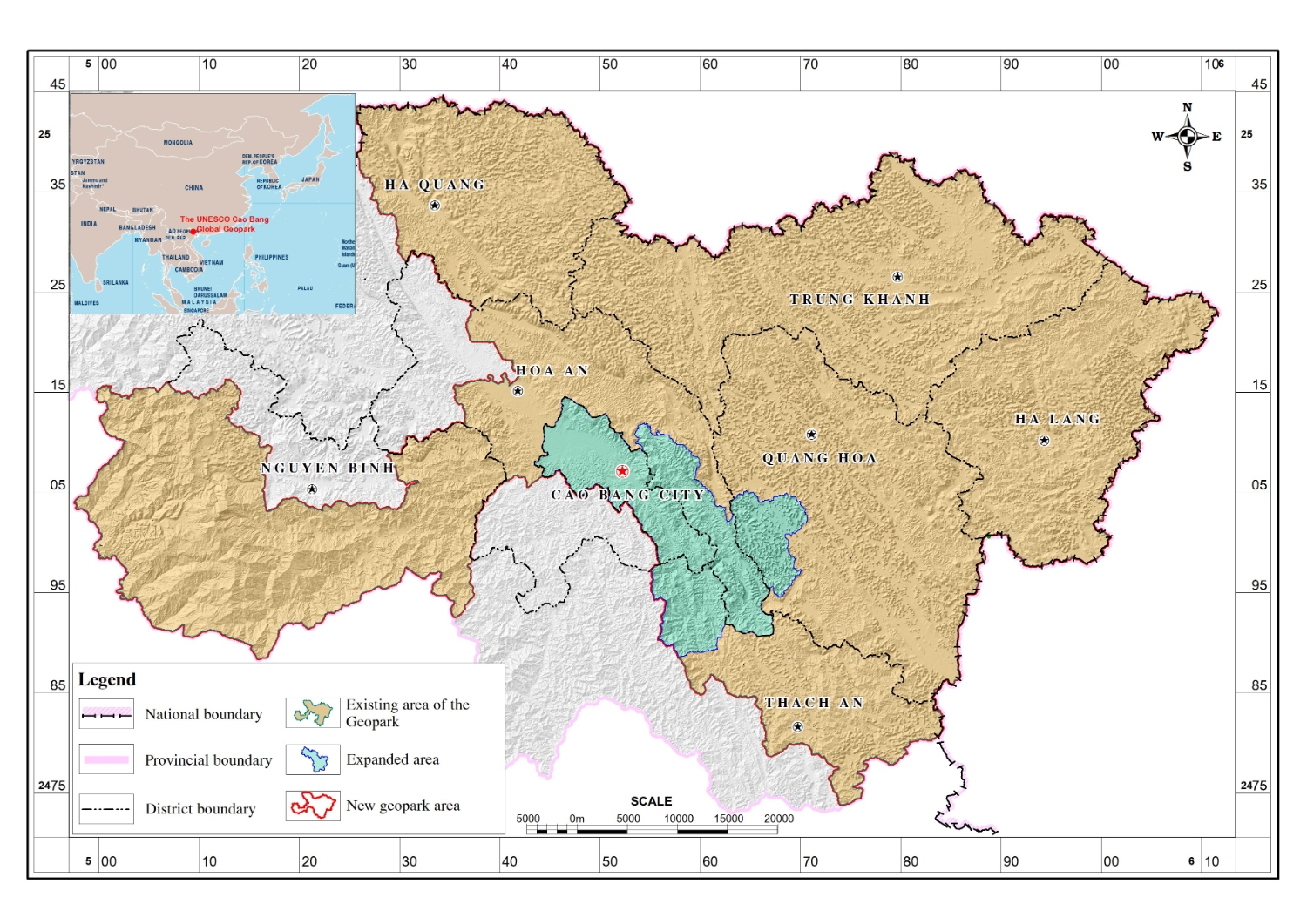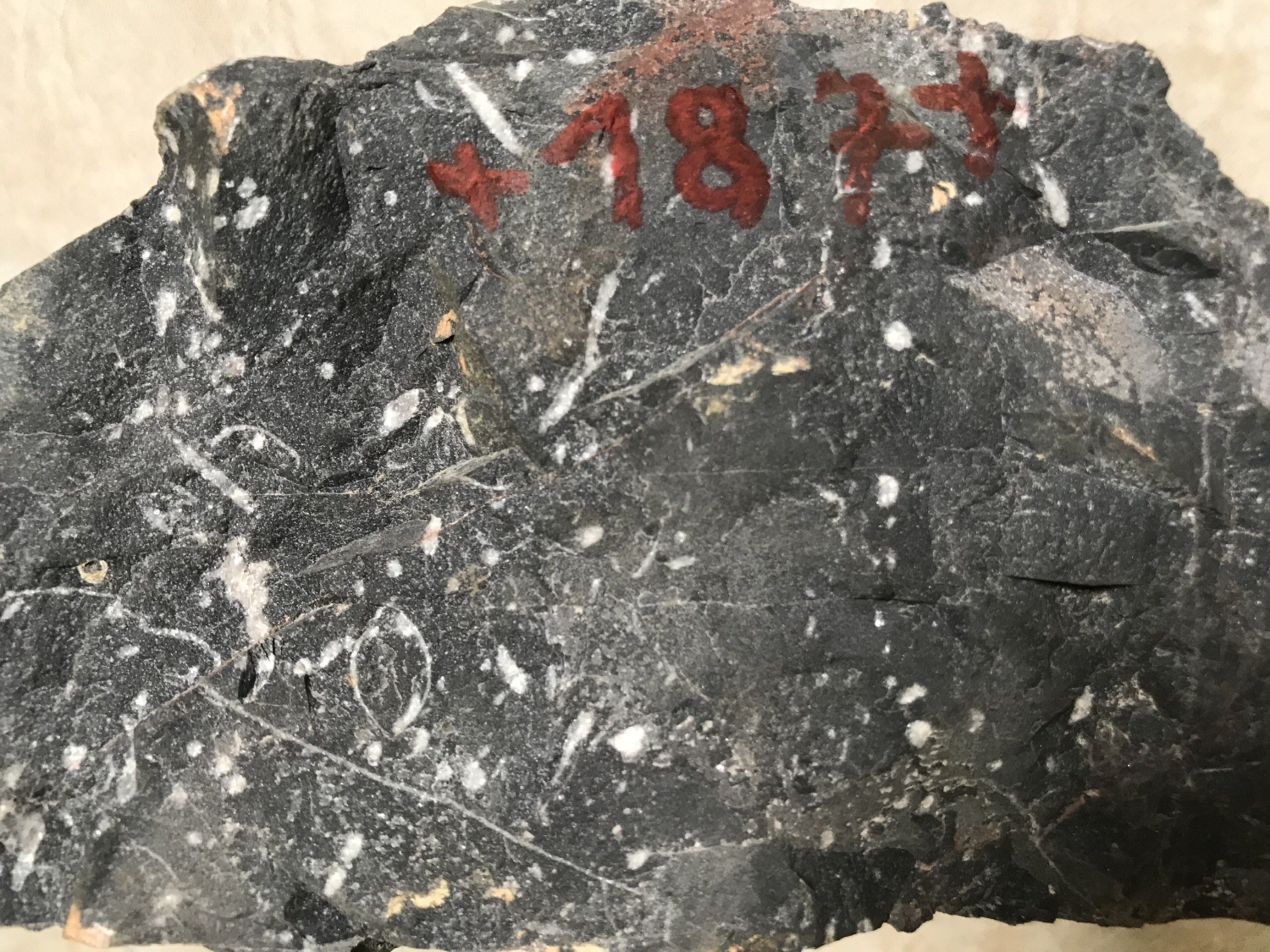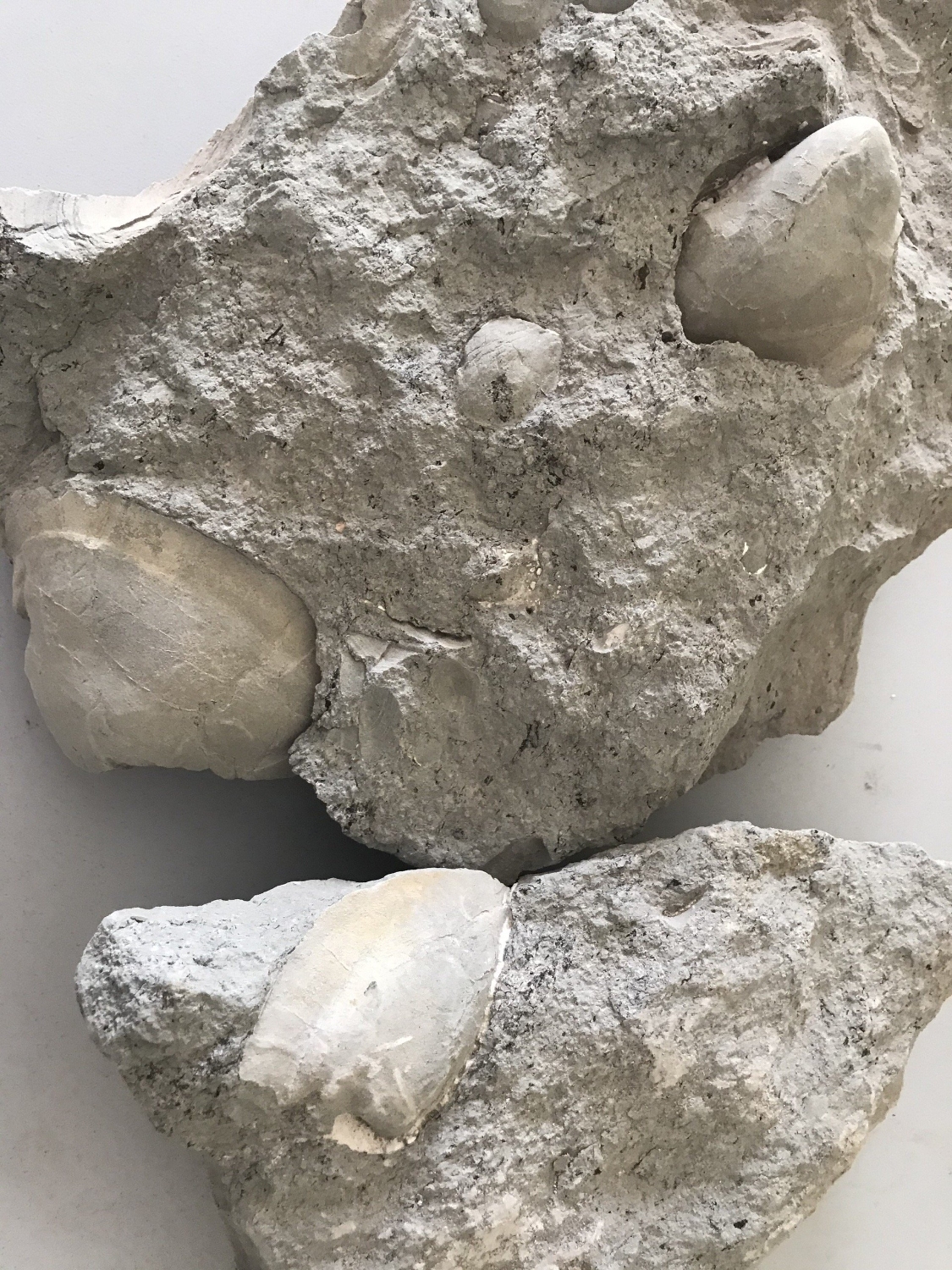The neccessity of expanding the territory of Non nuoc Cao Bang UGGP – the diversity of geomophological and geological values
Non Nuoc Cao Bang Geopark was established on December 22, 2015 by People's Committee of Cao Bang Province and recognized as UNESCO Global Geopark on April 12, 2018. Non Nuoc Cao Bang UNESCO Global Geopark (hereinafter Cao Bang UGGp) is located in the frontier north of Vietnam, about 300km from Hanoi, with an area of 3,072km2, including the 6 districts of Ha Quang, Tra Linh, Quang Uyen, Trung Khanh, Ha Lang and Phuc Hoa and parts of the other three districts of Hoa An, Nguyen Binh and Thach An, with a total population of about 250,000 people as of 2016 and about 291,000 people as of 2019.

According to the Resoluion No864/NG-UBTVQH14 and 897/NQ-UBTVQH14 dated January 10th 2020 and February 10th 2020 accordingly of the National Assembly of the Socialist Republic of Viet Nam, Thong Nong district is merged into Ha Quang district; Phuc Hoa district, Quoc Toan commune of Tra Linh, and Quang Uyen district are merged with each other and named Quang Hoa; the rest of Tra Linh district is merged into Trung Khanh district.
As a result, Non nuoc Cao Bang UGGp currently include districts namedly Quang Hoa, Trung Khanh, Ha Lang and parts of other districts Ha Quang, Hoa An, Nguyen Binh and Thach An with a totla population of 250.000 people.
However, the local governments and communities of Cao Bang province still want Non nuoc Cao Bang UGGp to play an even more significant role in bringing the whole Cao Bang province firmly forward on the path of sustainable development, and with the current area, that desire is not really feasible, because the Cao Bang UGGp has not yet:
Included Cao Bang City - the political, economic and cultural center of Cao Bang province - where are concentrated most of qualified human resources, most of infrastructures, information and communication centers, businesses, hotel and accomodation systems etc., which is the departure place of all tourist routes inside and to and from the province, and moreover, the hub to integrate the province both internationally and domestically. This is also the place where many valuable cultural and geological heritages are concentrated, which are waiting for protection and promotion.
Included National Route No. 4A which is the artery connecting Cao Bang with Lang Son and other Northeastern coastal provinces of Quang Ninh, Hai Phong etc. – also the major tourist destinations of the Northeast Vietnam as well as the whole country.
Made use of the third Special National Monument of Cao Bang province - The 1950 border victory battlefields, as well as many other cultural and geological heritage sites, especially the most typical manifestations of the Cao Bang-Tien Yen deepseated fault;
Made the Geopark model develop in a balanced, evenly distributed way throughout, especially in the southern part of the province and around Cao Bang City.
Made the implementation of the overall socio-economic and sectorial development strategies of Cao Bang province in general and the Cao Bang UGGp in particular to take place in a more favorable way etc.
Right after the establishment of the Non Nuoc Cao Bang Geopark, especially since it has been recognized by UNESCO and witnessed the positive effects it brought about, the local governments and communities in Cao Bang province are aware of these problems and desire to expand the area of the Geopark. With the help of domestic and international consultants, a supplementary investigation and assessment of heritage values has been carried out, possible problems and challenges analized, the ability to meet the UNESCO/GGN criteria and requirements and the different scenarios for the expansion of the Geopark studied, the People's Committees of Cao Bang Province and of relevant districts and local communities, the UGGp Management Board have come to a decision to extend the area of the existing Cao Bang UGGp with details as Table 2.

The extension area of the Geopark will enable Non nuoc Cao Bang UGGp to meet criteria of a UNESCO global geopark because the extended area includes identical geosites and geomophology which help diversify the varieties of heritages in Non nuoc Cao Bang UGGp.
Geological and Geo-morphological features: In the requested extension area of the Geopark, there is the vibility of Than Sa (ℇ3ts), Bac Bun (D1bb), Mia Lé (D1ml), Ban Pap (D1-2bp), Lũng Nậm (C1ln), Bac Sơn (C-P2bs), Bằng Giang (P3-T1bg), Sông Hiến (T1sh), Cao Bằng (N13cb), and multi-source sendiments from aluvi-proluvi, eluvi-deluvi, travertine.

Geological heritages: It has been identified that there are about 47 types of geological heritages illustrating the historically geoligical evolution in this region. They are mainly attributed to the activities of the so-call Cao Bang-Tien Yen fault, e.g such as rifting, rifting, related magmatic-mineral, ancient river-lake activities and neotectonic uplift... more specific as follows:
-
Paleontological heritage (type A): There are two types of Neogene fossils in Cao Bang accient lake.
-
Rock heritage (type D): There are 06 evidences of Magic intrusive rock of Cao Bang formation, karst of Bac Son formation and ryolit erupted rock of Song Hien formation.
-
Stratigraphy heritage (type E): There are 06 sites showing the stratigraphy relationship among karst, intrusive rock, sendiment rock and Neogen exposure, etc.
-
Geomophology heritage (type B): There are 17 sites mainly illustrating geomophology and karst landscape such as: old karst landscape, young karst landscape, karst caves, karst peak and some erosion topography.
-
Formation heritage (type I): there are 07 sites illustrating remnants of faults in the area such as clift of the fault, destructive formation Chronozone, etc.
-
Ancient environment heritage (type C): There are 7 sites which are
-
Mineral heritage (type F) and geology economy (type H): There are 3 sites which are mineral mines in the Cu-Ni-Pt and Magnetite skarn.

For such an importance of geomophology and geology, the reqested extension area might offer interesting and identical values to Non nuoc Cao Bang UGGp. This also helpS diversify and complement the geomophological and geological values to Non nuoc Cao Bang UGGp.
Source: Trần Thùy
Reader Comments
Newer articles
Older articles


